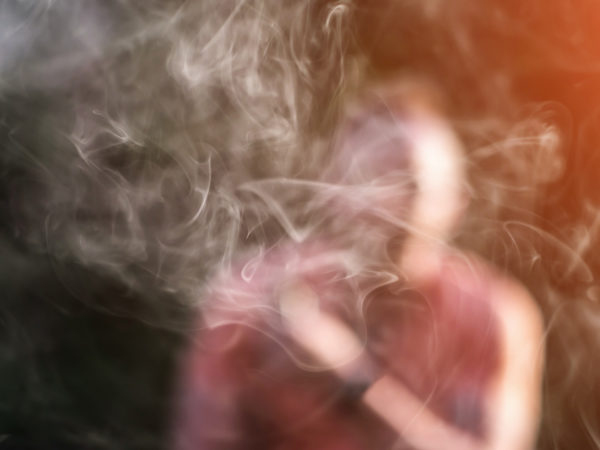Thirdhand Smoke Threat

Limiting smoking to outdoors may not be enough. New research suggests that thirdhand tobacco smoke can enter buildings from outside, coat indoor surfaces and circulate throughout buildings. This residue from tobacco smoke that can linger for months, perhaps even years, potentially poses threats to health. The latest study, from Drexel University in Philadelphia shows that the chemical compounds in third-hand smoke can attach themselves to aerosol particles and are actually more difficult to avoid than secondhand smoke, which is inhaled from people who are smoking nearby. The Drexel researchers found that 29 percent of the indoor aerosol mass in an empty non-smoking, ventilated classroom contained thirdhand smoke chemicals. They also reported that these chemicals can settle on clothing, furniture, skin, hair and even sterile surfaces and can become airborne again and circulate through buildings via heating and air conditioning systems. The researchers also reported that the chemicals in thirdhand smoke are likely to be higher in hotel rooms, rental cars, homes or other places where there’s generally less ventilation than offices or university buildings.
My take? This is not good news. Earlier studies have suggested that thirdhand smoke is believed to be particularly hazardous for babies and young children who often crawl around on floors and put their mouths on contaminated rugs and furniture. While we don’t yet know the health risks thirdhand smoke might pose to humans, studies have shown that in mice it increases the risks of lung cancer, liver damage and diabetes.
Source:
Peter F. Decarlo et al, “Thirdhand smoke uptake to aerosol particles in the indoor environment.” Science Advances, May 9, 2018, DOI: 10.1126/sciadv.aap8368
Also in this week’s bulletin:











